
Ready for summer – but is your bathing water clean?
Nowadays, with the looming threat of climate change, and air and water pollution part of our daily lives, it is especially important to know how safe the environment is around us.
When the bathing season opens, everyone heads for the seas, lakes and rivers. This is where locals and tourists go to spend the hottest summer days.
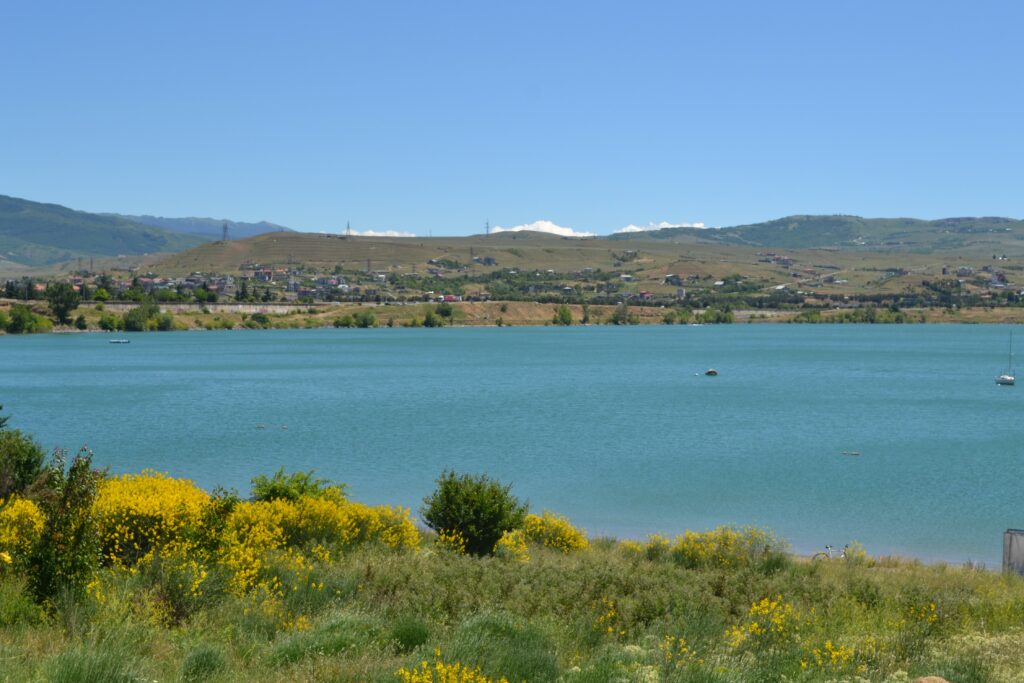 Tbilisi Sea
Tbilisi Sea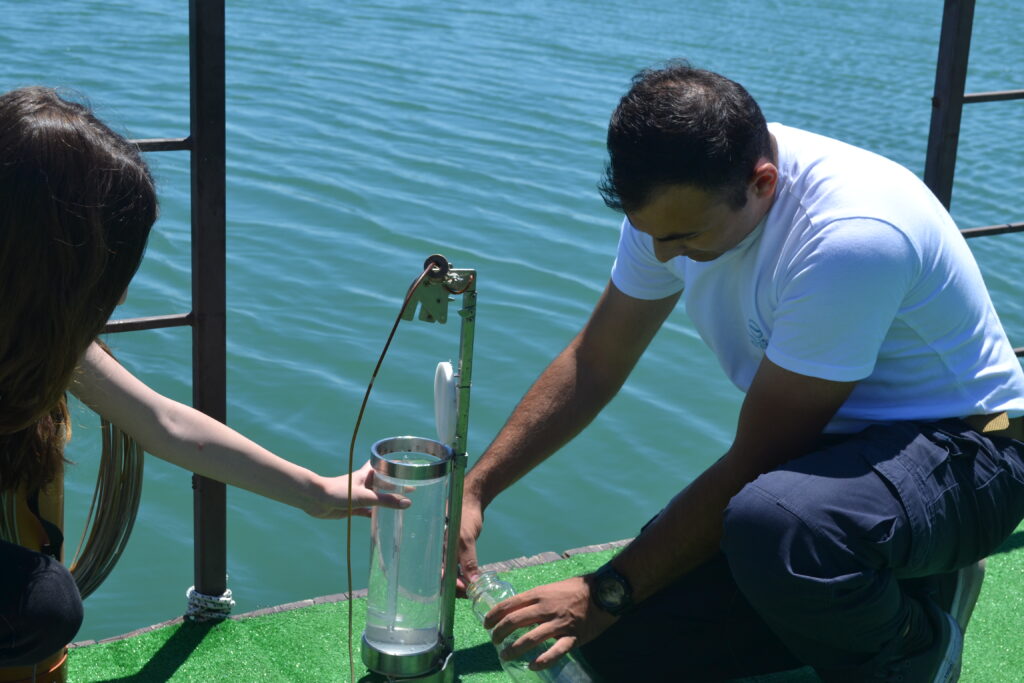 Checking water quality at Turtle Lake
Checking water quality at Turtle Lake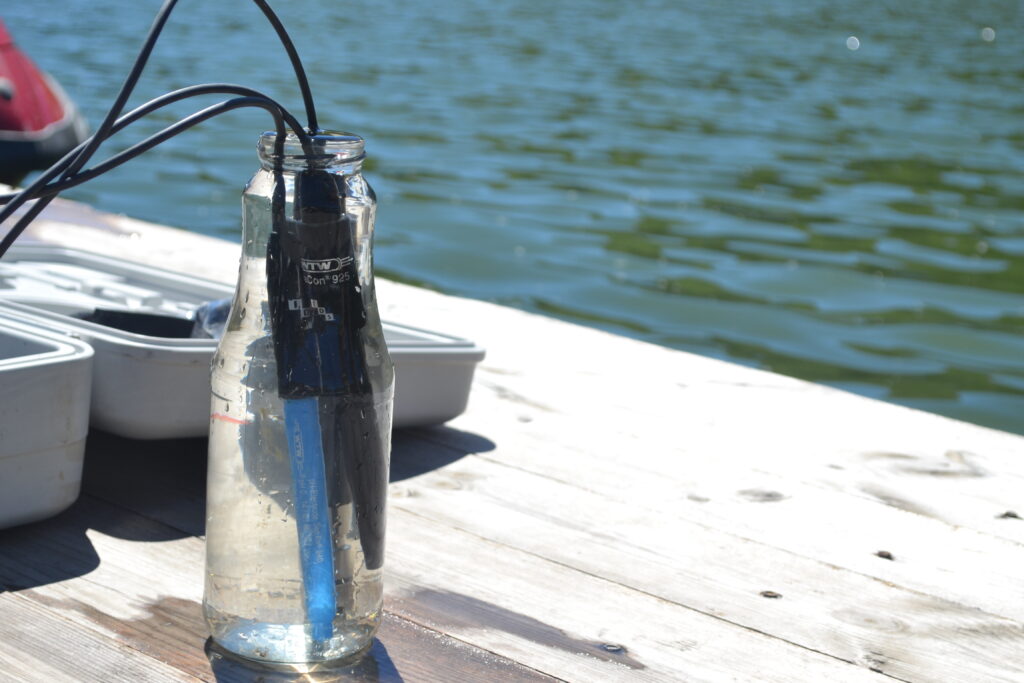 Testing water with special equipment
Testing water with special equipment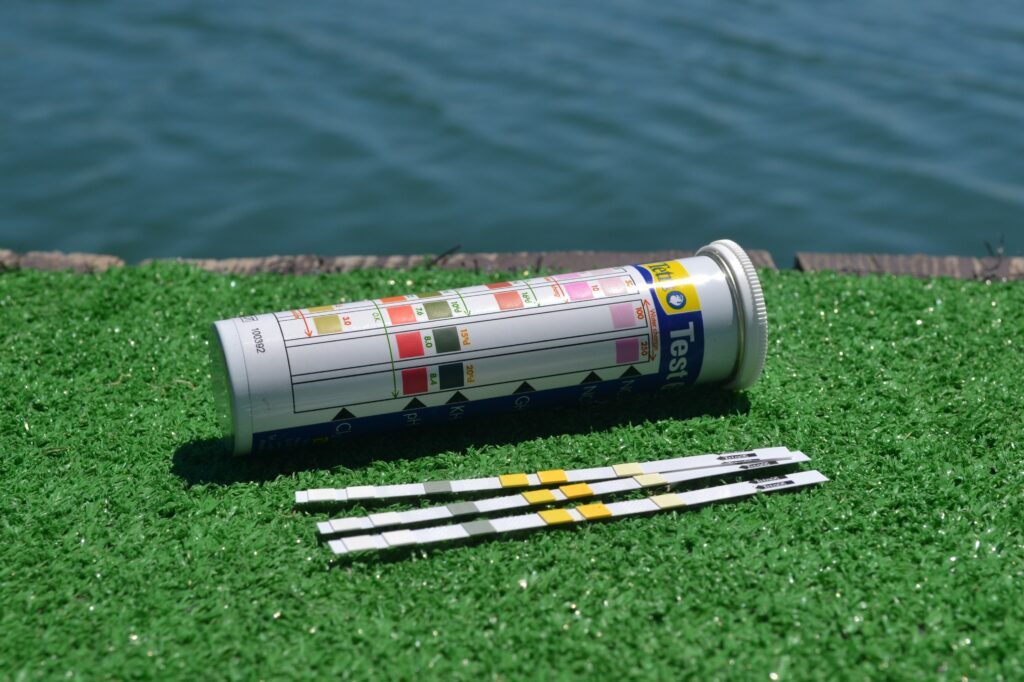 Simple water stripes for testing water
Simple water stripes for testing water Turtle Lake
Turtle Lake
With a question mark still hanging over foreign travel in the wake of the pandemic, most of us this summer will spend our holidays inside the country, heading for those places where we can most easily escape the burning sun. It is therefore especially important that we are fully aware of the quality of water in most famous resort areas in Tbilisi, and whether we are putting ourselves at risk by swimming there.
To answer these questions, we decided to test the water quality in a laboratory, and, in parallel, to conduct a simple experiment with our own resources.
Testing water quality with a simple rapid test
Of course, testing the water quality does not only determine its suitability for swimming. It is also interesting to know the quality of the water that we drink. This can be measured easily, with one device.
We conducted our little experiment at the office of On.ge, in order to determine in a short time if the water meets the standards of drinking water. For this, we used an indicator test, which measures 6 parameters of water in 60 seconds: acidity, hydrocarbon hardness, total hardness, nitrites, nitrates and chlorine in the water. The experiment showed the water was suitable for drinking.
Naturally, rapid testing of water quality is not enough, special devices and laboratory studies are required for that. So in order to get the bigger picture, and to study in greater depth the quality of water, we went to Tbilisi Sea and Turtle Lake, this time in the company of specialists.
At Tbilisi Sea, which is one of the most popular places in the summer, constant monitoring of water quality is necessary.
Accordingly, this water reservoir was our first destination, and this time we are testing how safe this water is for swimming.
 Recording results
Recording results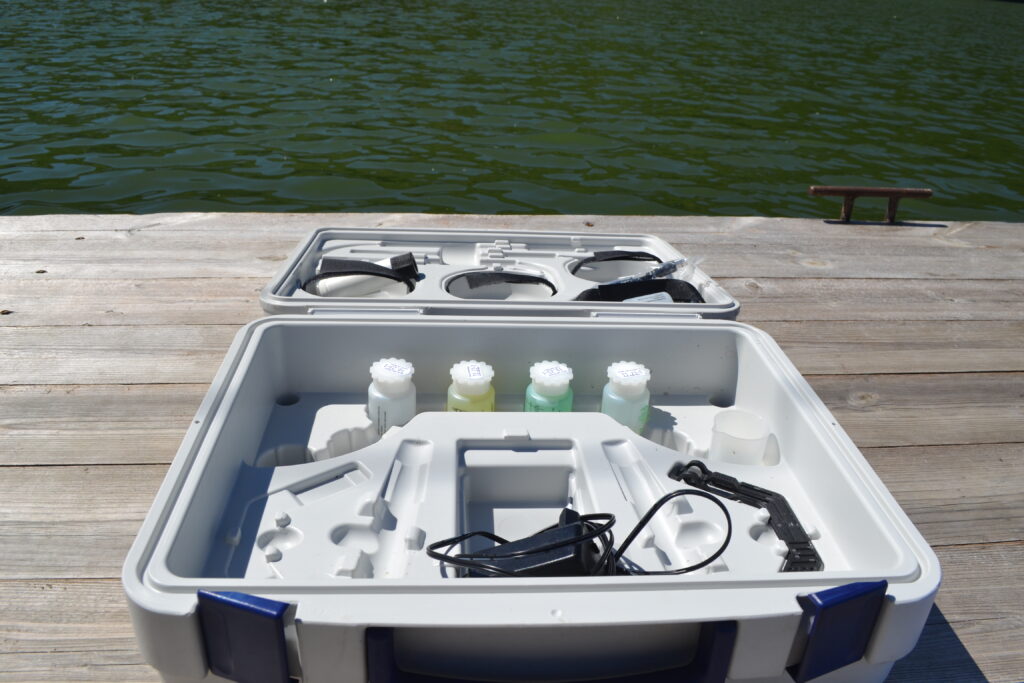 Special mobile equipment for water testing
Special mobile equipment for water testing Samples for the laboratory
Samples for the laboratory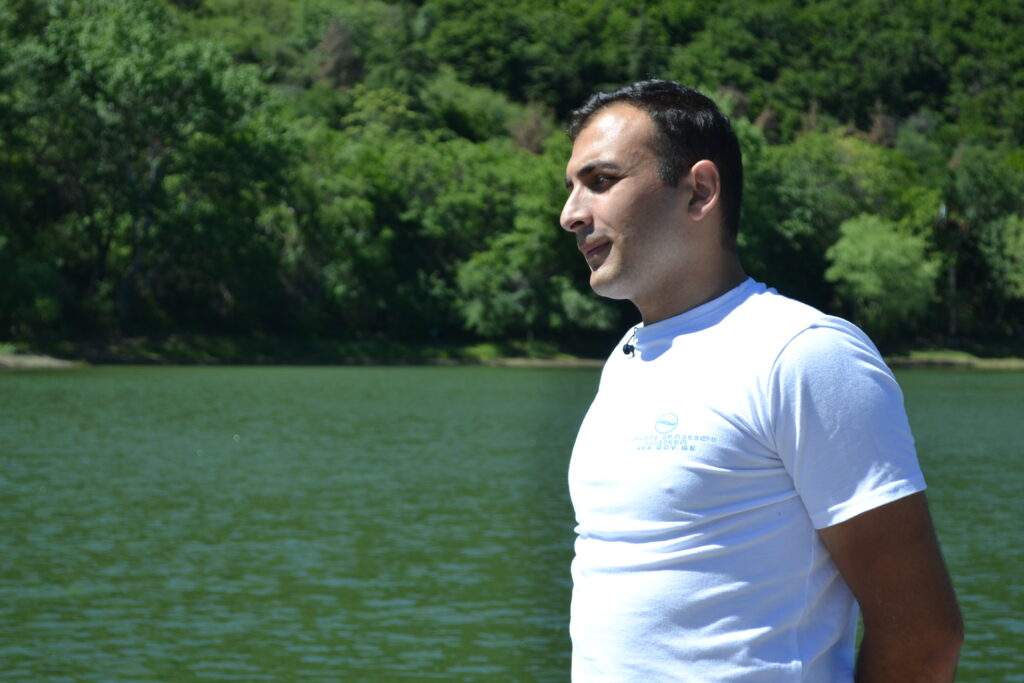 Gela Sandodze
Gela Sandodze
To determine the water quality on location, it is necessary to take a few steps, in which we were guided by the representative of the National Environmental Agency, Gela Sandodze. Initially, we took a water sample using a vertical water bathometer, an instrument used to take water from depth.
We also measured five parameters on site, using a special device: pH, temperature, dissolved oxygen, electrical conductivity and salinity. We recorded these results on site, in order to avoid the difference in temperature caused by transportation.
“For example, if now the water temperature is 19 degrees, during transportation it may increase or decrease, so it is necessary to measure the temperature on location, in order to have a realistic picture,” Gela Sandodze explained.
Just like at Tbilisi Sea, summer marks the opening of the bathing season at Turtle Lake. We followed the same steps to test the water quality there, and took samples from both locations to the laboratory.
What the laboratory analysis implies
The on-site monitoring of the surface waters showed that all components were satisfactory.
The head of Ambient Air, Water and Soil Analysis Laboratory of the National Environmental Agency, Elina Bakradze explained that, during laboratory analysis, in addition to the five components analysed on location, 30 additional parameters are measured. She explained that determining those five components was important to understand what happens at a specific location and what is the water quality there.
“I received the results of those components, which are absolutely within the norm. The rest, which are the examinations of chemical ingredients will be done in the laboratory. Generally, chemical analyses require five working days. According to what you checked on location, with these results, all the components are absolutely within the norm,” said Elina Bakradze.
To ensure full monitoring, the laboratory requires various high technology equipment. The laboratory has already received several such devices from the EU-funded project EUWI+ (the European Union Water Initiative Plus for the Eastern Partnership).
“Within the framework of the Water Initiative + project, the National Environmental Agency received several high technology devices which will enable us to prepare the samples with higher precision. Additionally, the analysis with these devices will enable us to identify several components from priority pollutants, required by the Water Framework Directive,” said Elina Bakradze.
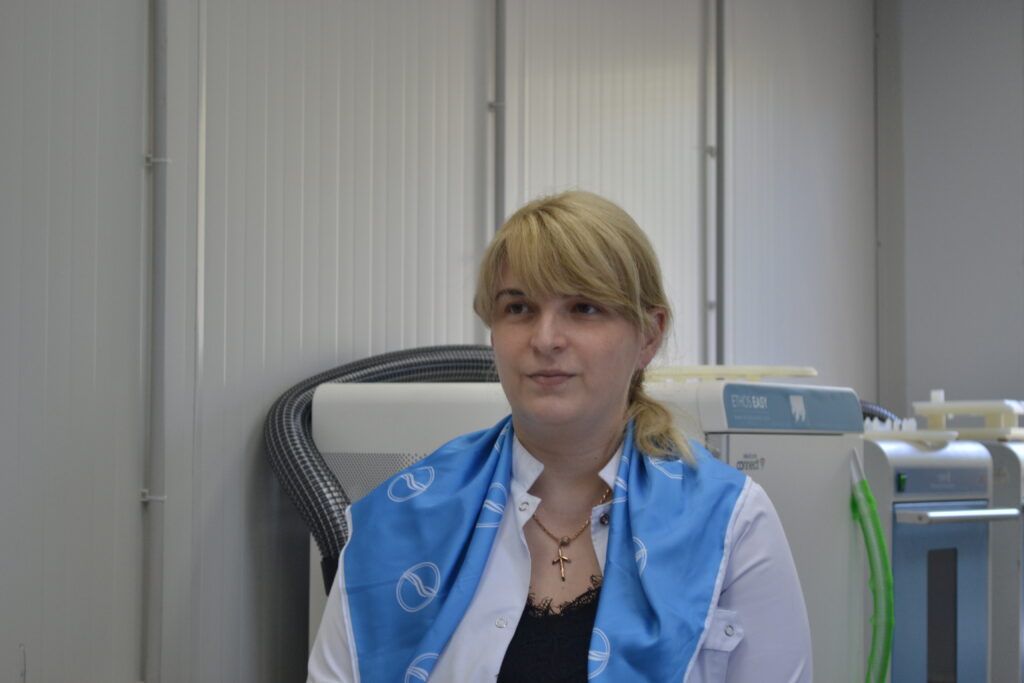 Elina Bakradze
Elina Bakradze Elina Bakradze makes a laboratory analysis of the samples
Elina Bakradze makes a laboratory analysis of the samples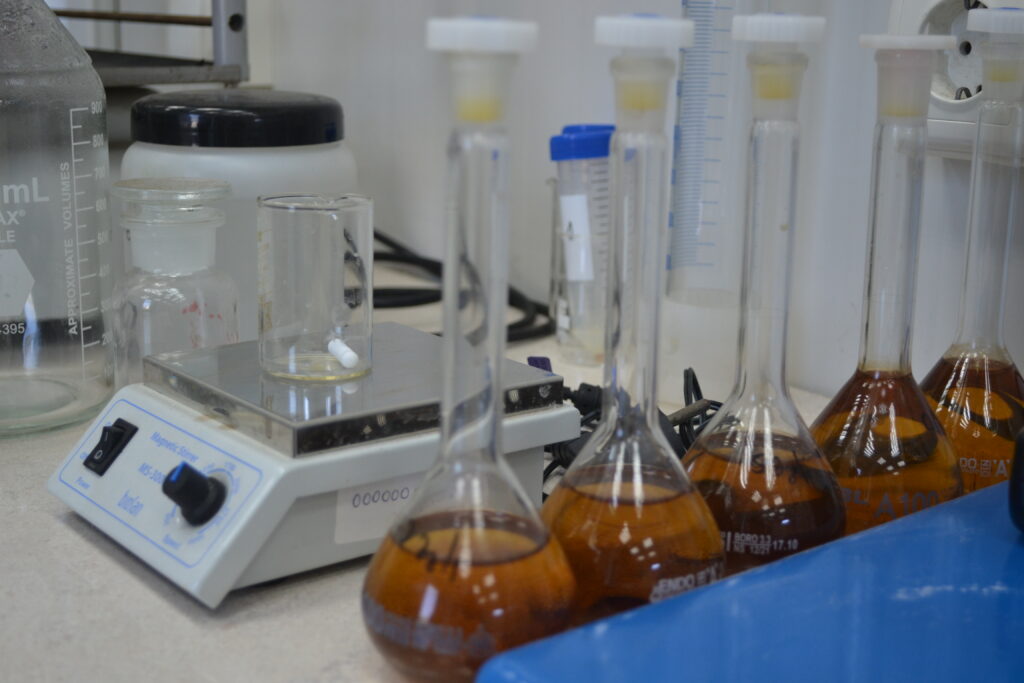 Laboratory test tubes
Laboratory test tubes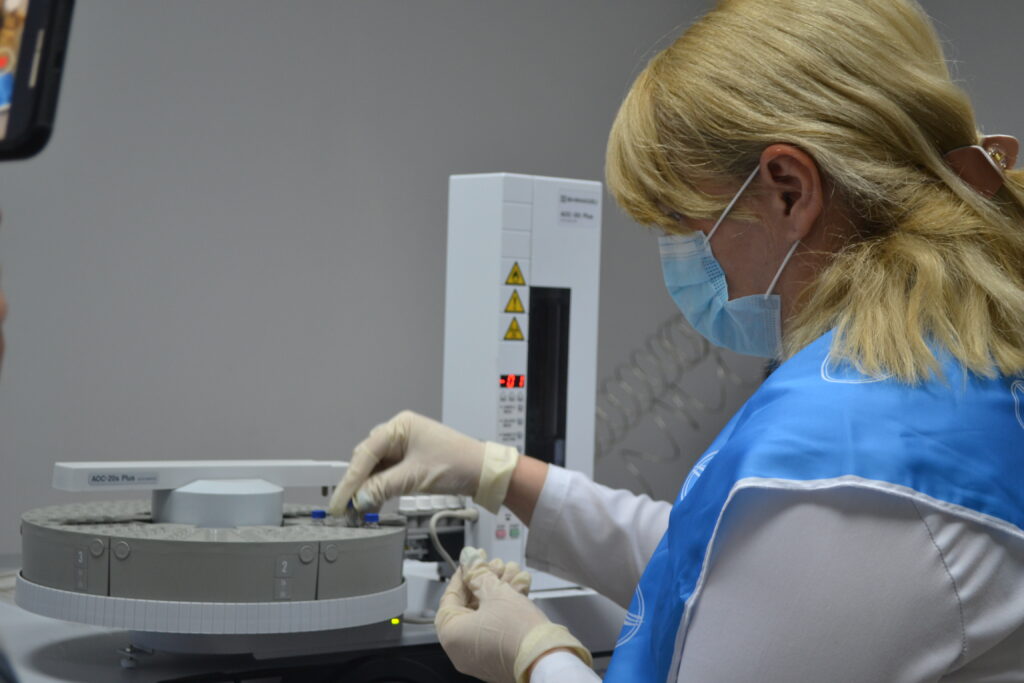 Analysing results at the laboratory with special equipment
Analysing results at the laboratory with special equipment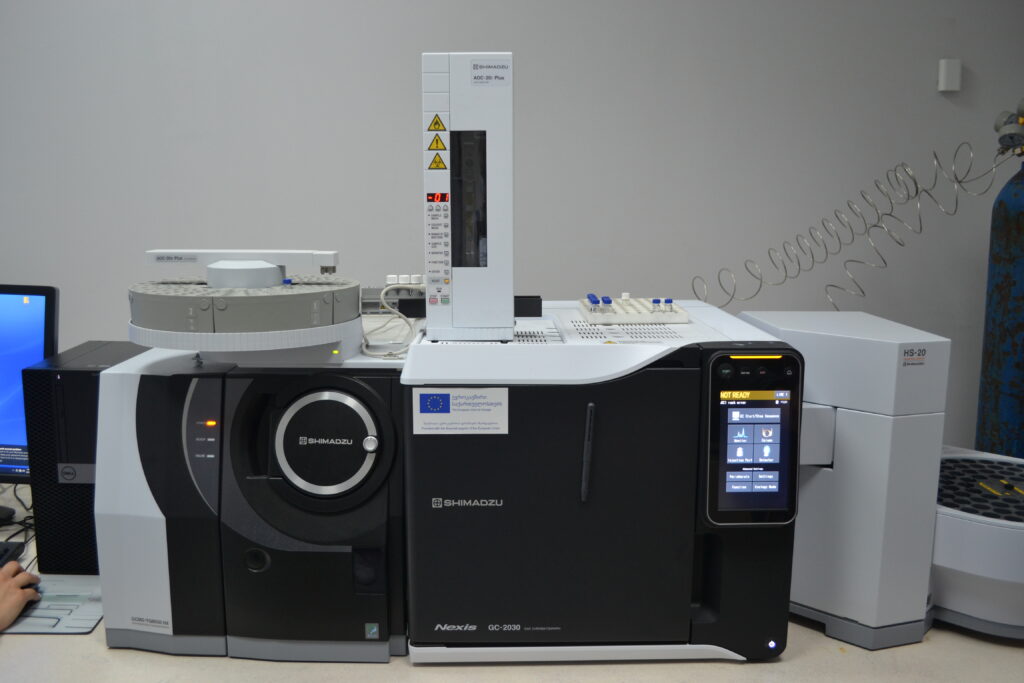 Special equipment for laboratory analysis
Special equipment for laboratory analysis
As a result of the laboratory analysis, water was tested for 24 parameters, including nitrates, phosphates, chlorides, calcium and other ingredients. According to the results, all of them are within the norm and satisfy the determined limit.
What is being done as part of the EU Water Initiative+
According to Zurab Jincharadze from the EUWI+ project, at this stage of the project, basin plans have been elaborated, which require further adoption on legislative level and execution. As Jincharadze explains, the management plan first implies situation analysis and identification of problems that may exist in the basin today, be it the degradation of water ecosystems, pollution, or quantitative assessment. The main direction of project implementation in Georgia is the improvement of water resource management.
 Zurab Jincharadze
Zurab Jincharadze
“Firstly, this is the improvement of monitoring, and for this, we provide technical assistance, conduct trainings, purchase and procure equipment, etc. Additionally, in terms of water resource management, we work on preparing basin management plans and currently have prepared management plans for two large pilot basins – the Alazani Iveri and the Khran-Debeda basins. Apart from this, the coastal and transitional water management plans for the coastline, and Chorokhi-Acharistkhali basin have been prepared,” says Zurab Jincharadze.
The “European Union Water Initiative Plus for the Eastern Partnership” began in 2016 and will finish in July 2021. The aim of the project is to assist the Eastern Partnership countries to bring their legislation and skills closer to the water resource management standards of the EU. The current phase of the project ends in July this year, but new activities are planned in a further stage, which will assist implementation of the elaborated plans and will help to avoid water pollution.
Author: Ana Mskhaladze
Article published in Georgian by On.ge
MOST READ
SEE ALSO
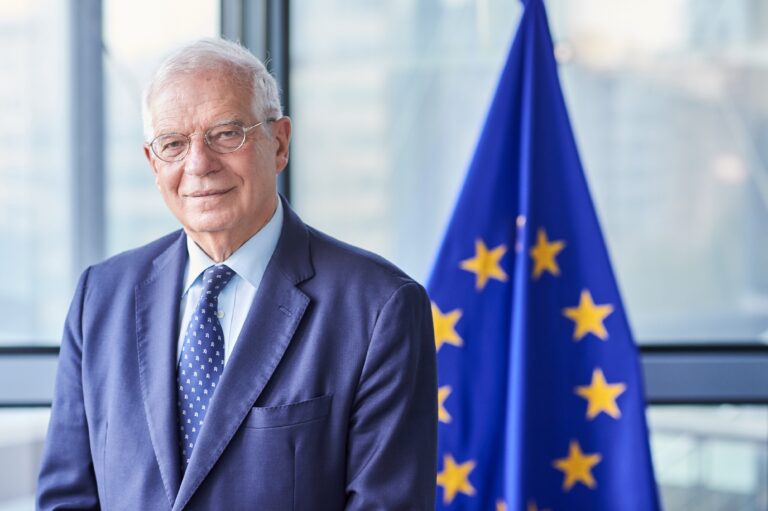
No, time is not on Russia‘s side
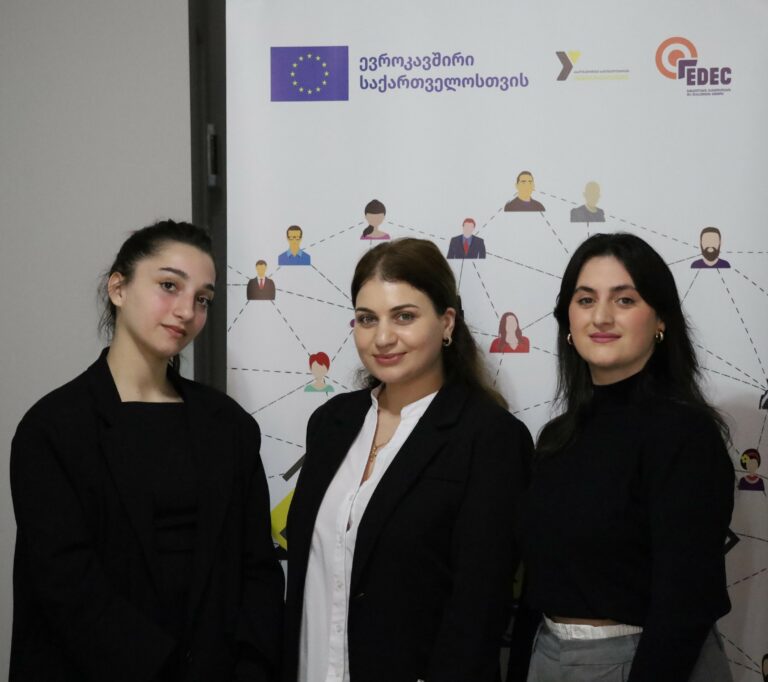
A hands-on approach to boost youth employment in Georgia
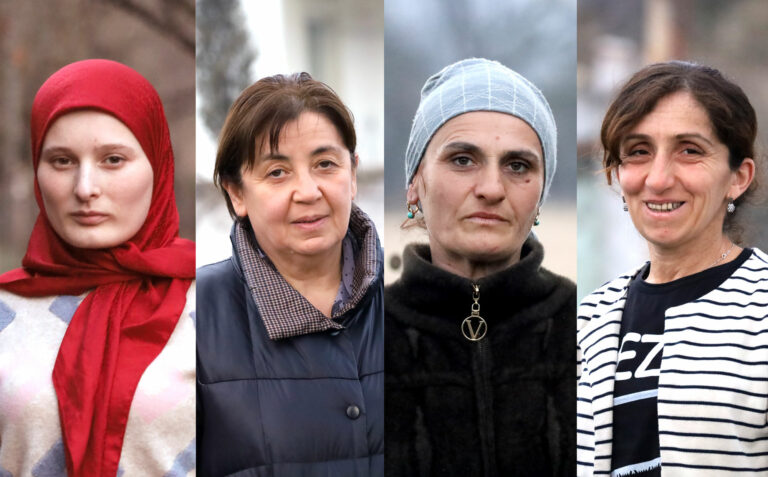
Taking health into their own hands: women’s empowerment in the remote villages of Georgia

A woman publisher in a male-dominated industry – the path to a big dream

Be one step ahead of a hacker: check simple cybersecurity tips!
More campaign pages:
Interested in the latest news and opportunities?
This website is managed by the EU-funded Regional Communication Programme for the Eastern Neighbourhood ('EU NEIGHBOURS east’), which complements and supports the communication of the Delegations of the European Union in the Eastern partner countries, and works under the guidance of the European Commission’s Directorate-General for Neighbourhood Policy and Enlargement Negotiations, and the European External Action Service. EU NEIGHBOURS east is implemented by a GOPA PACE-led consortium. It is part of the larger Neighbourhood Communication Programme (2020-2024) for the EU's Eastern and Southern Neighbourhood, which also includes 'EU NEIGHBOURS south’ project that runs the EU Neighbours portal.

The information on this site is subject to a Disclaimer and Protection of personal data. © European Union,







